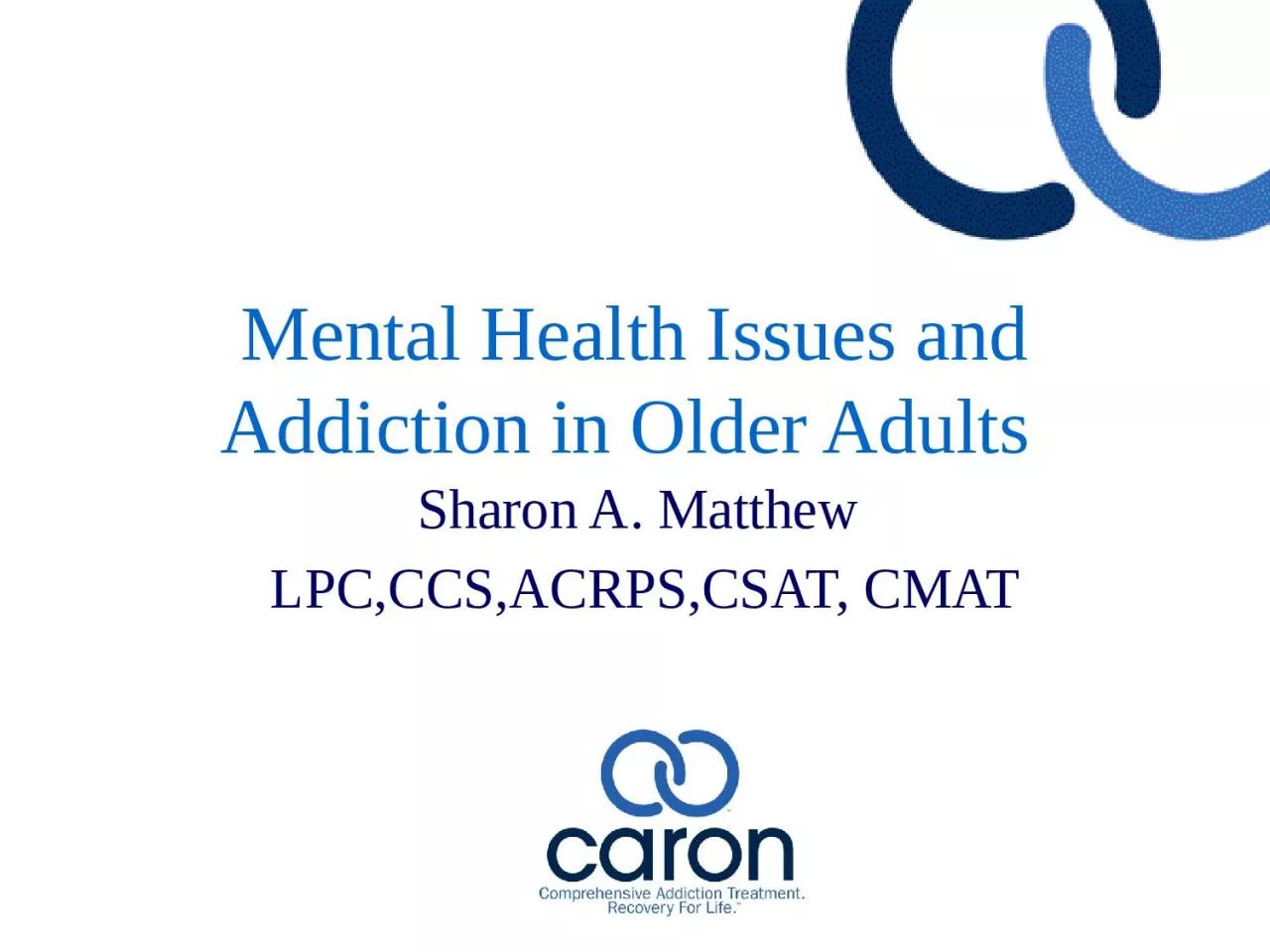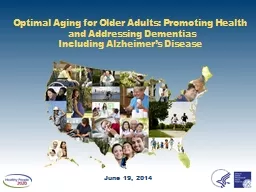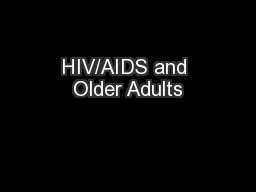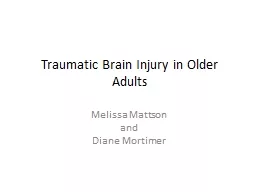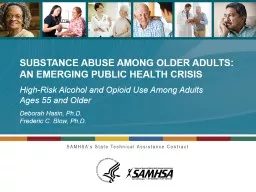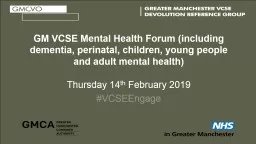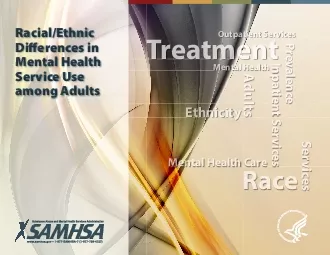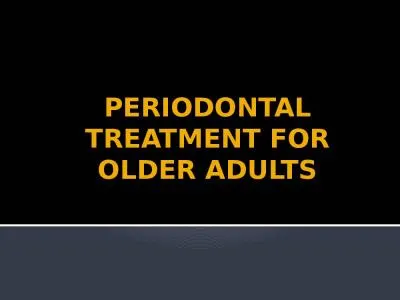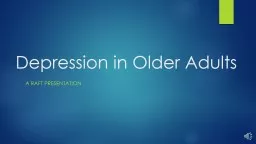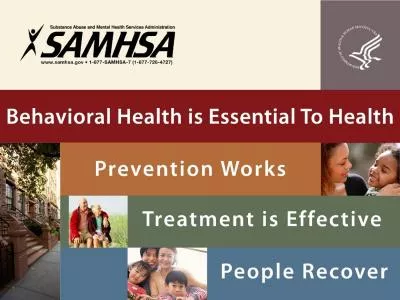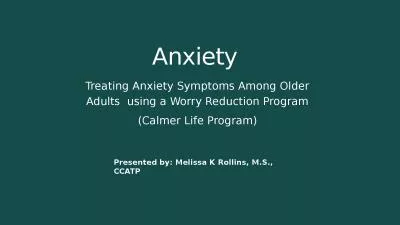PPT-Mental Health Issues and Addiction in Older Adults
Author : skylar | Published Date : 2023-11-23
Sharon A Matthew LPCCCSACRPSCSAT CMAT Objectives To educate on the myths about mental health in older adults Statistics on prevalence of mental health disorders
Presentation Embed Code
Download Presentation
Download Presentation The PPT/PDF document "Mental Health Issues and Addiction in Ol..." is the property of its rightful owner. Permission is granted to download and print the materials on this website for personal, non-commercial use only, and to display it on your personal computer provided you do not modify the materials and that you retain all copyright notices contained in the materials. By downloading content from our website, you accept the terms of this agreement.
Mental Health Issues and Addiction in Older Adults: Transcript
Download Rules Of Document
"Mental Health Issues and Addiction in Older Adults"The content belongs to its owner. You may download and print it for personal use, without modification, and keep all copyright notices. By downloading, you agree to these terms.
Related Documents

